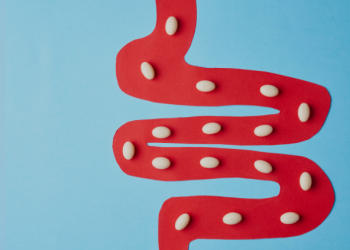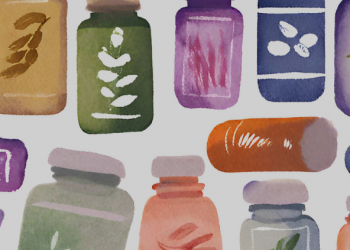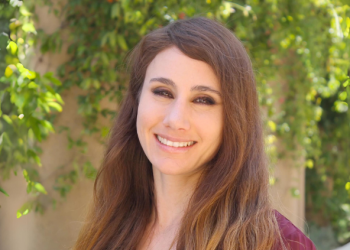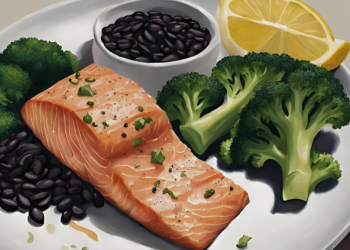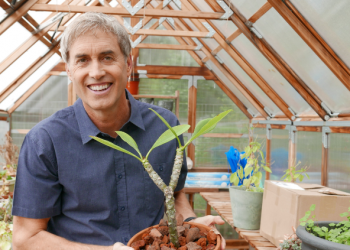How to Be Mindful When You’re Stressed Out
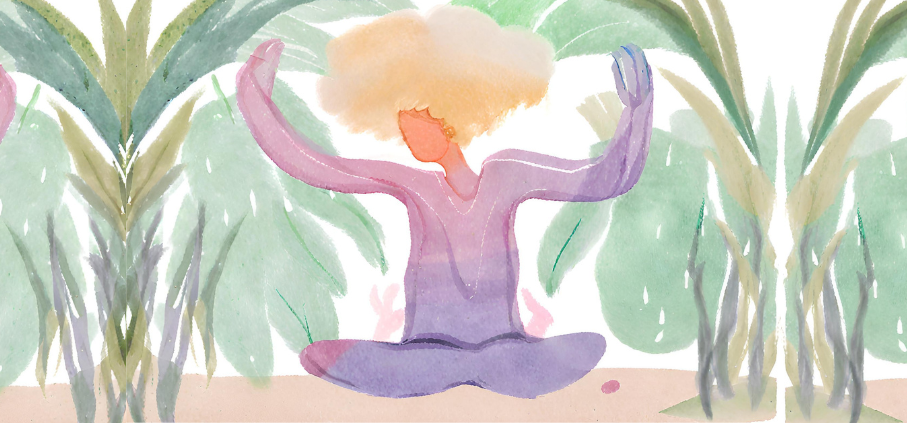
This blog is part of the Stress Management newsletter. If you like this content, sign up here to receive our monthly newsletter!
I first began practicing mindfulness during my third year at Stanford University. I remember feeling overwhelmed by every aspect of my life – school, work, life, etc. Even the idea of being stressed would further stress me out. With the help of various mentors dedicated to student mental health and well-being though, I learned how I could best practice mindfulness and feel more in control of my mind.
Mindfulness is an internal practice in which one shifts their focus to what and how they are feeling without much interpretation or judgment. If you’re reading this, perhaps you have already crossed off the first step in the process: name your feeling.
What Am I Even Feeling?
The power of naming one’s feelings has been studied thoroughly in neuroscience. It is estimated that most people will spend nearly half their lives letting their mind wander. This mind wandering sensation is actually the heightening of our brain’s default mode network (DMN), an evolutionary adaptation that keeps us alert and is often overactive in individuals that suffer from anxiety. Consciously shifting one’s focus to perform a task – like labeling your feeling – centers brain activity to the prefrontal cortex, effectively inactivating the DMN. Another study conducted at UCLA found that the simple act of naming one’s emotion shifts brain activity from the amygdala (a structure that registers danger and fear) to the prefrontal cortex (the center of reason and logical thinking). Neurological studies show that when we are in the present moment, the prefrontal cortex is active and the amygdala and DMN are inactive.
“Mindfulness has been my go-to practice to reduce stress for many years now,” says Sharon Brock, Stanford Lifestyle Medicine Program Manager and UCLA-certified Mindfulness Facilitator. “Oftentimes, just labeling my emotions is enough to bring me back into balance.”
Whenever I practice mindfulness, sometimes all I need to do is call out my emotions. For me, this is often equivalent to calling out to a friend walking down the street or when Hogwarts students figure out what their patronus is. It is relieving to focus on what is right in front of me. The aforementioned switch from our brain’s DMN into the present moment keeps me grounded and helps repair my mental floodgates before becoming overwhelmed.
Listen to the Label Practice by mindfulness teacher and author, Sharon Brock.
Feel It to Heal It
Strong emotions like stress, anger, love, etc. all tend to really let us know they are with us by also manifesting themselves physically. Like many people, stress feels like a stiff neck and a tight chest for me. Once I have taken a moment to label my stress, I can turn my attention to how it is affecting me. Recognizing these emotions can give a quick explanation to why I feel off kilter, and allow me to become more aware of my physical self. My emotions become something more tangible for me to understand and experience.
“If you can experience your emotions as a sensation in the body, it creates some space between you and the emotion,” says Brock. “By observing the sensations, you realize what emotions actually are: energies in motion. We don’t have to take our emotions so personally, they are just energies constantly coming and going in our experience.”
This act of feeling your feelings is a mindfulness tool offered as an alternative to other responses we can take when emotions are high. Observing before responding also helps to center one’s attention and direct brain activity to a calmer region, just like naming the feelings. Dr. Jon Kabat-Zinn developed a mindfulness-based stress reduction (MBSR) program as a non-pharmacological treatment for anxiety. This program heavily incorporates the mindfulness technique to observe our physical feelings with guided breathwork, body scans, and mindful movements. Body scanning, in particular, increases one’s bodily awareness by paying attention to how different body parts feel in the moment.
Listen to the Observe Practice by mindfulness teacher and author, Sharon Brock.
Tips for Self Compassion
The most impactful thing I learned from my mindfulness course is that practicing mindfulness for stress reduction also requires practicing self compassion. Self compassion is the offering of love and kindness to ourselves and our emotions. Doing the opposite, criticizing oneself for feeling certain emotions, reactivates the amygdala and reintroduces stress to the body and mind. Recent research conducted at the Henry Wellcome Laboratories for Integrative Neuroscience & Endocrinology demonstrated that guided self-compassion exercises helped to significantly lower cortisol (the primary stress hormone) levels and increase heart rate variability. Participants with greater tendencies of self-criticism benefited greatly from learning to offer themselves gentleness when experiencing strong emotions. These findings indicate that practicing mindful self compassion has a physiological soothing effect on the body.
“Many of us have a harsh inner critic, so it might feel strange at first to be nice to yourself, but the research shows that offering ourselves kindness reduces our stress,” says Brock, UC San Diego-certified Mindful Self-Compassion instructor.
I used to believe that being my harshest critic was what guided my academic success. Not only was this method unsustainable, but it was often doing more harm than good. When we accept that emotions are transient and natural experiences, we do not need to judge ourselves for having them. In fact, we can offer ourselves compassion. For me, learning to offer myself self compassion was the mindfulness lesson that required the most practice. However, it has become a necessary aspect of my everyday life and has given me a reliable stress-management technique to keep in my mental toolbox forever.
Listen to the Self-Compassion Practice by mindfulness teacher and author, Sharon Brock.


